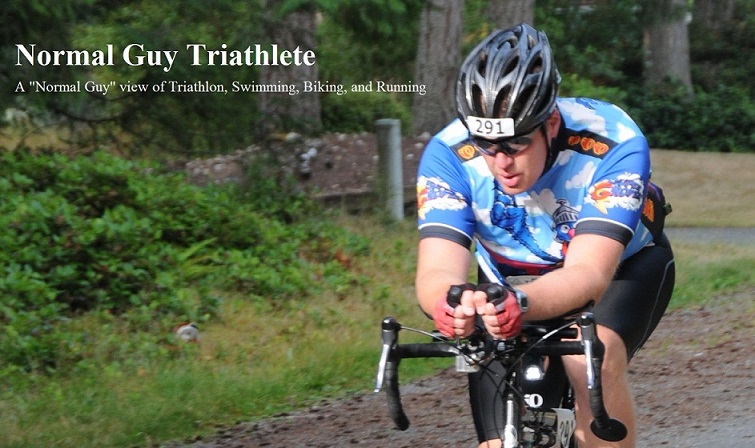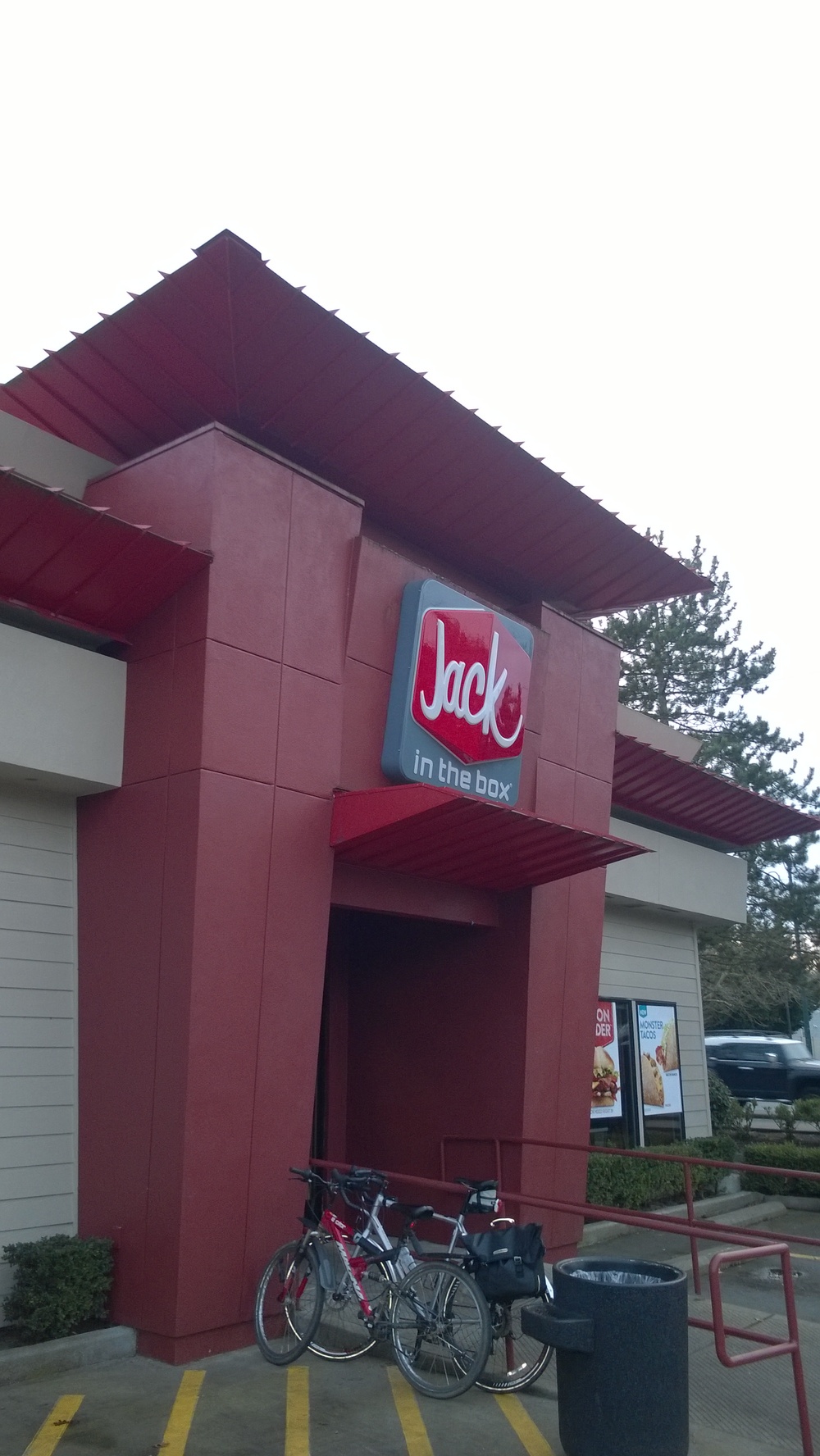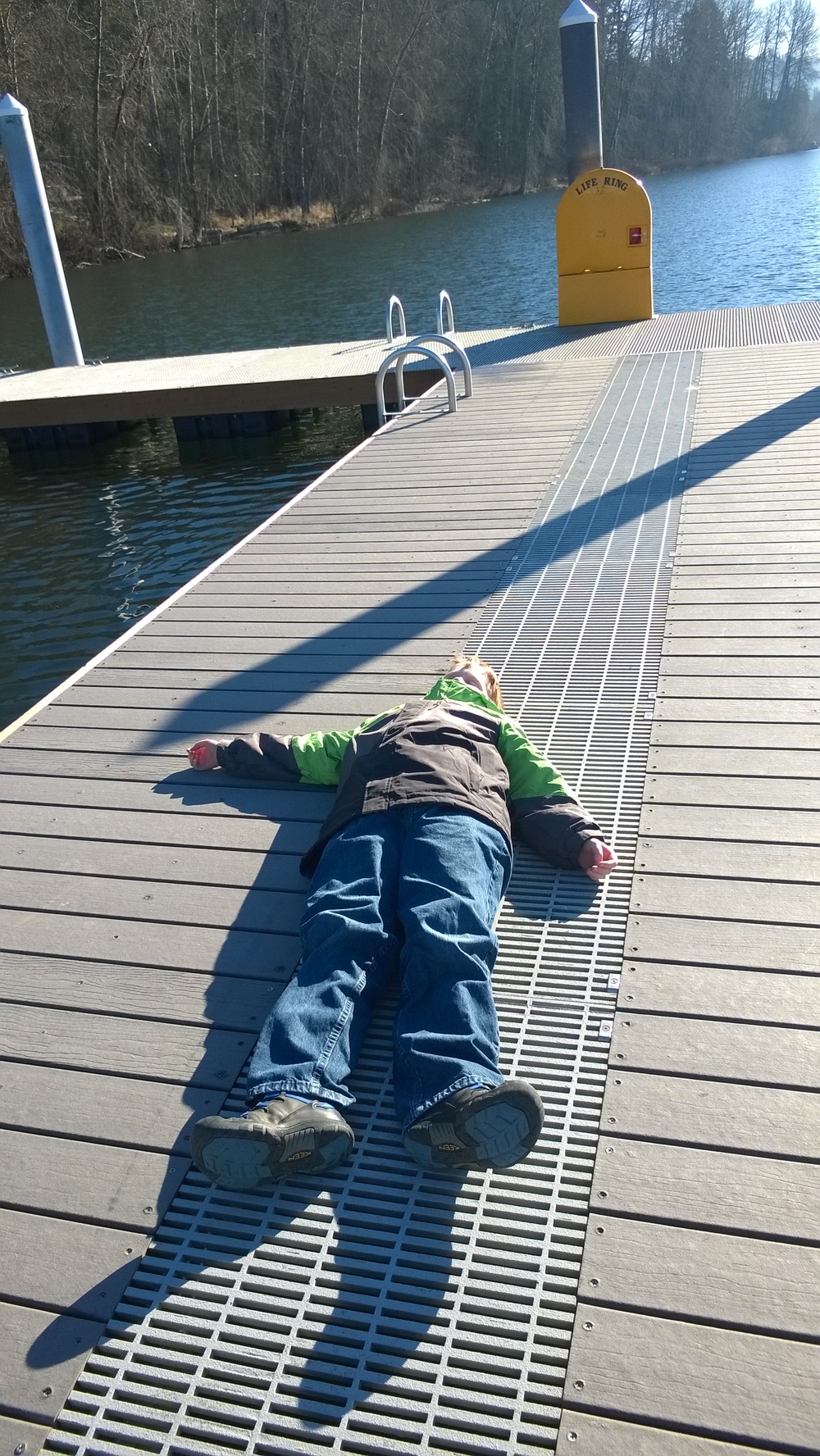At 12:30 pm today the countdown officially ended: sunny skies, high temp around 55, and a slow day at work. The stars aligned to allow me to bring out my new training tool...
That's right, I'm finally doing something I've always wanted to get into. And it came about on a whim.
My '07 Scattante has been having some frame issues so I've been shopping around for possible replacement options. This has taken me to Craigslist and eBay countless times in the past several months. As I was browsing frame after frame, I came across a listing for a track frame with a current bid of $30. After considering it for a few minutes, I put in a max bid of $70 and thought nothing of it. A couple days later I received an email from eBay notifying me that I won the auction at exactly $70. I was floored.

You will notice that it is missing a few things, like wheels, a seat, and even a chain. With further searching on eBay I found a set of wheels that fit my needs: tough, somewhat aero (Deep-V rims), and around $200.
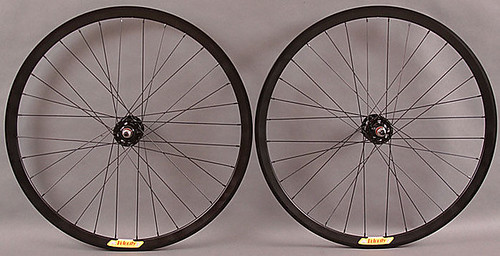
That left me with just a few other parts to purchase, which arrived from Amazon over the coming week: a chain, cogs of various sizes, a cog lockring, and a Park Tool Head-Gear lockring wrench.
I had other parts on-hand from previous replacements or stock-ups: Schwalbe Durano S tires, Specialized tubes, a Forte Pro SLX seat, and Shimano PD-R540 SPD-SL pedals.
And then I had to go to the bike store to buy some rim tape. Duh!
Now that I have a track bike assembled and ready to go... I became a hipster and started wearing weird clothes and drinking PBR, right?
Um... No.
Only 5 miles from my house is the track that hosted the cycling events for the 1990 Goodwill Games, many regional Olympic trials, and several National Championships, the Marymoor Velodrome. It is a fabulous outdoor, 400m concrete oval bicycle track with 25 degree banked turns. Most tracks are shorter, which means banking up to 45 degrees.
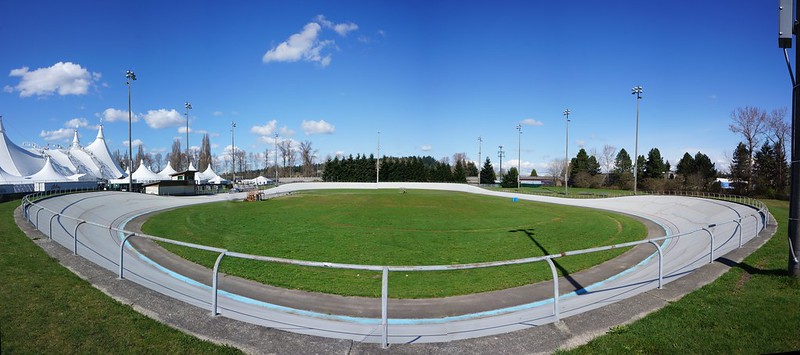
Panorama of the Marymoor Velodrome, Redmond, WAThe key thing here is "outdoor". That 25 degree banking can be downright dangerous in the wet. With that in mind, the only thing I needed was a dry track. This requires a dry/sunny day. In late winter in the Seattle area. Suuuuuure. It only took about a week of waiting.

My new track bike at the Marymoor VelodromeI came down for a long lunch at the track and took in a few turns. There were only a couple people there, including Rob McD, a track racer I know from work. He had some very encouraging words but in the end I was just there to show everyone how slow and out of shape I have become in the last 18 months.
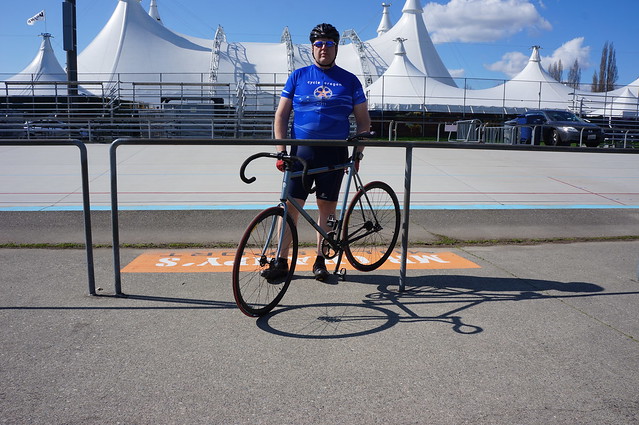
The circus had indeed come to town. No, really. That big white tent behind me is for Cavalia. Think Cirque du Soleil but with horses. One of these days I'll actually go to one of their shows. Anyway...
I did an even 40 laps of interval training: sprint for 1-2 laps, rest for 2-3 laps, repeat. OK, I did have to stop a few times to adjust various things on my bike like stem position, handlebar height, etc., since this was my first time on this bike.

In the end I didn't kill myself. I didn't even embarrass myself, although I tried a few times. Note to self: FIXED GEAR BIKES do not have a freewheel. Trying to stop the pedals at 25 MPH is a BAD idea.
It was a great day. I can't say enough good things about this track. And I'll be back. My next opportunity appears to be Monday, only 3 days away!
On race night the atmosphere around the track is electric. The competition is fierce and the speeds are high.
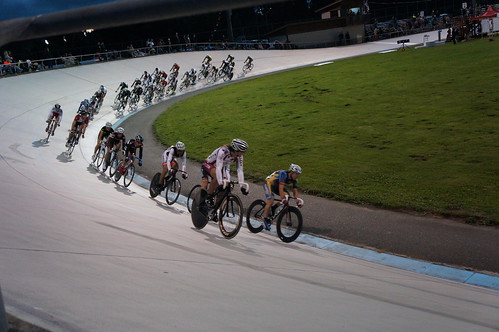
Marymoor Velodrome during the 2012 FSA Grand Prix
One of our favorite track events is the "Marymoor Crawl" where they have everyone "race" from turn 4 to the start/finish line for up to 2-3 minutes, at which point they ring the bell and everyone does a 1-lap sprint for a $100 prize. The catch? If you put your foot down or cross the start/finish line before the bell, you are eliminated. It is crazy and looks a little something like this-
